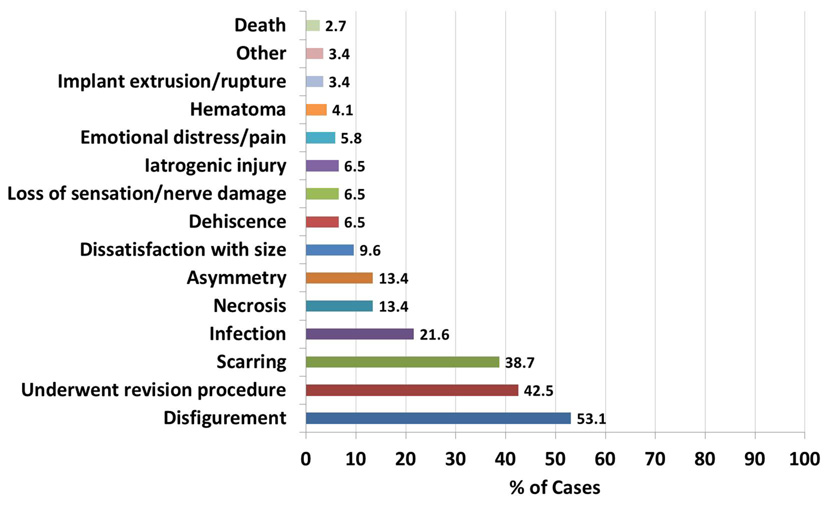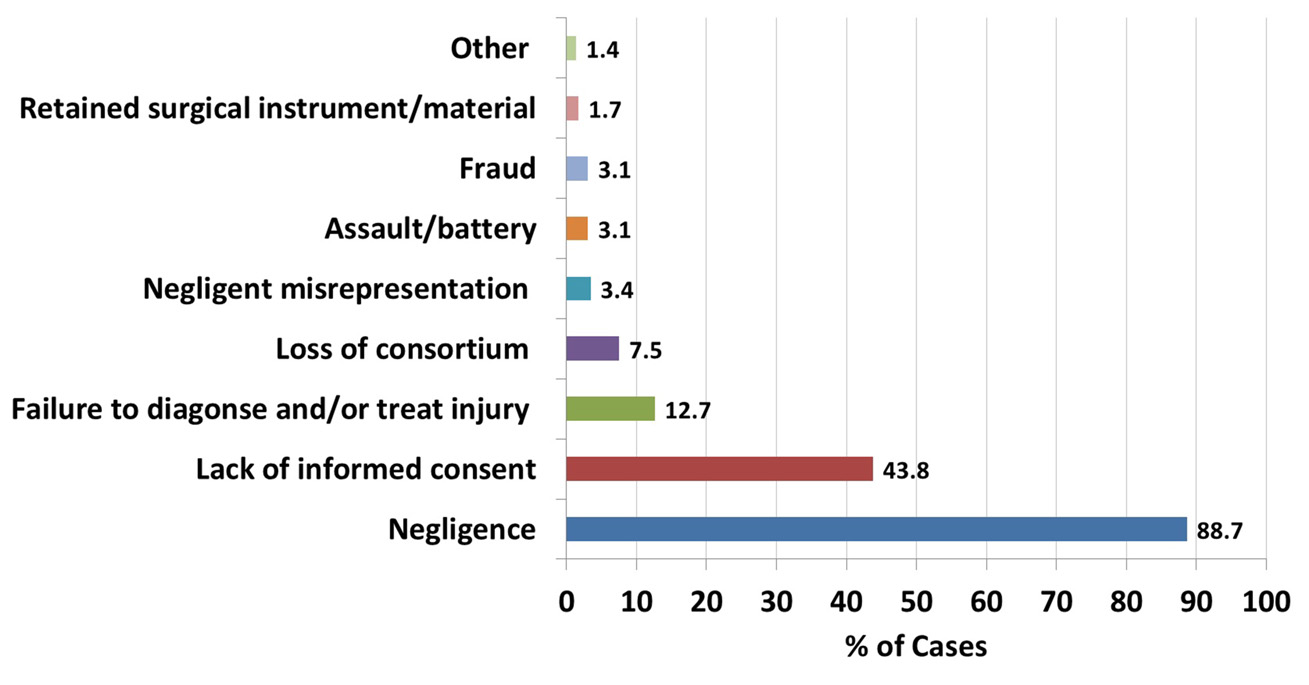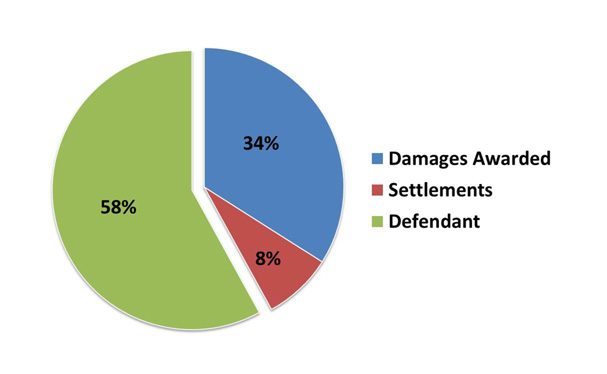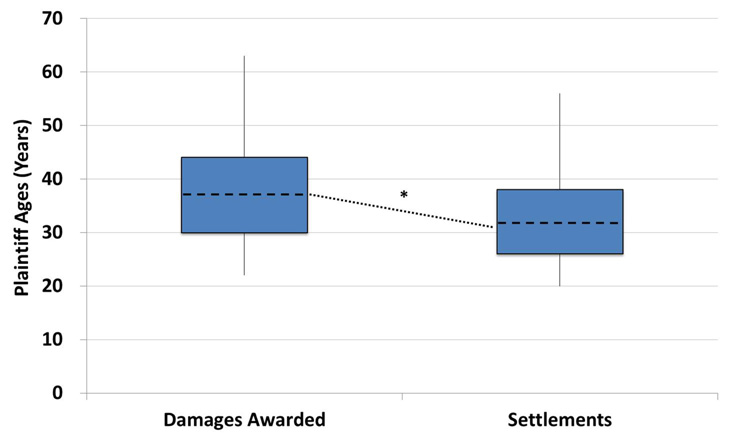|
|
 |
Back to Annual Meeting
A Look Inside the Courtroom: An Analysis of 292 Cosmetic Breast Surgery Medical Malpractice Cases
Angie M. Paik, BA, Leila J. Mady, PhD, Aditya Sood, MD, MBA, Jean Anderson Eloy, MD, FACS, Edward S. Lee, MD.
Rutgers University - New Jersey Medical School, Newark, NJ, USA.
Background: Malpractice claims affect the cost and quality of healthcare. Cosmetic plastic surgery is notoriously fraught with malpractice claims and cosmetic breast surgeries in particular have been shown to be on the rise. In this study we examine litigation in cosmetic breast surgery and identify factors influencing malpractice litigation outcomes.
Methods: The Westlaw database was searched for jury verdict and settlement reports related to medical malpractice and cosmetic breast surgeries. Cases included for analysis were examined for year, geographic location, patient demographics, procedure performed, alleged injury, causes of action, verdict, and indemnity payments.
Results: Our search produced 292 cases. The case dates ranged from years 1985 to 2012, with an overall trend of increasing malpractice-related cosmetic breast surgery litigation. California (n = 63), New York (n = 40), and Florida (n = 35) experienced the greatest number of cases. The most common injuries sustained were disfigurement (n = 155, 53.1%) and a necessitation of a revision procedure (n = 124, 42.5%) (Figure 1). The most common causes of action cited were negligence (n = 259, 88.7%) and lack of informed consent (n = 128, 43.8%) (Figure 2). One hundred sixty-nine (58.3%) cases resulted in favor of the defendant, 97 (33.4%) cases resulted in damages awarded, and 24 (8.3%) cases resulted in settlements (Figure 3).
Of the allegations, negligent misrepresentation had a 98% greater chance of resolution in favor of the plaintiff (RR=1.98, 95% CI 1.41-2.79) and fraud had a 92% greater chance of disposition in favor of the plaintiff (RR=1.92, 95% CI 1.32-2.80). Conversely, those cases citing lack of informed consent had a 35% less chance of an outcome favoring the plaintiff (RR = 0.65, CI 0.48-0.87). No significant difference was found between the medians of indemnity payments awarded to plaintiffs ($245,000) and settlements ($300,000). Median ages, however, between
cases of a plaintiff award or settlement differed significantly (p = 0.02), with median ages of 36 and 30 years, respectively (Figure 4).
Conclusion: Based on this study, negligent or intentional misrepresentation strongly favors plaintiffs in either awarded damages or settlements in cases of cosmetic breast surgery litigation. This study emphasizes that transparency and adequate communication are at the crux of the physician-patient relationship and are tools by which plastic surgeons may reduce the frequency of litigations, thereby containing healthcare costs at a minimum.




Back to Annual Meeting
|










